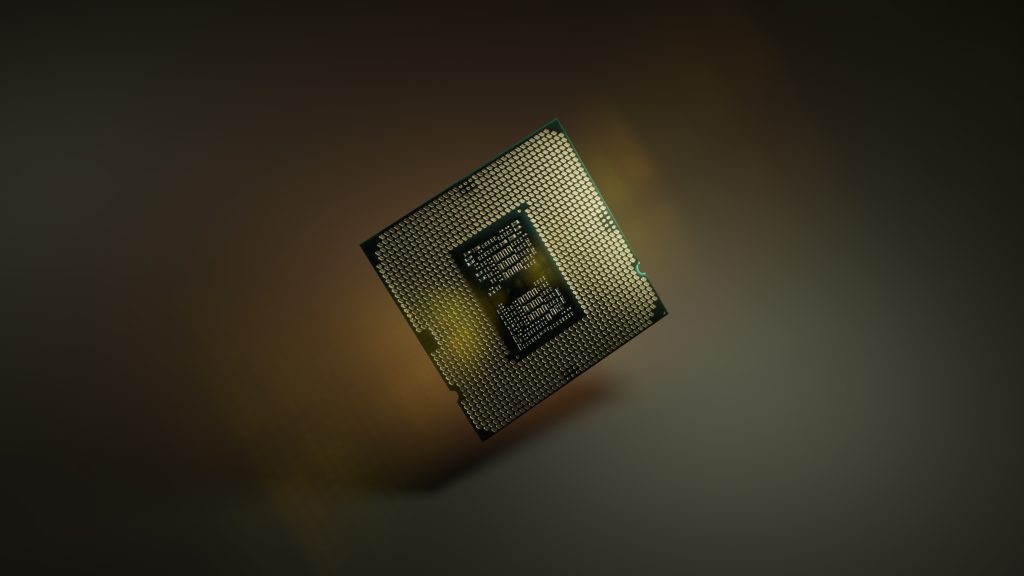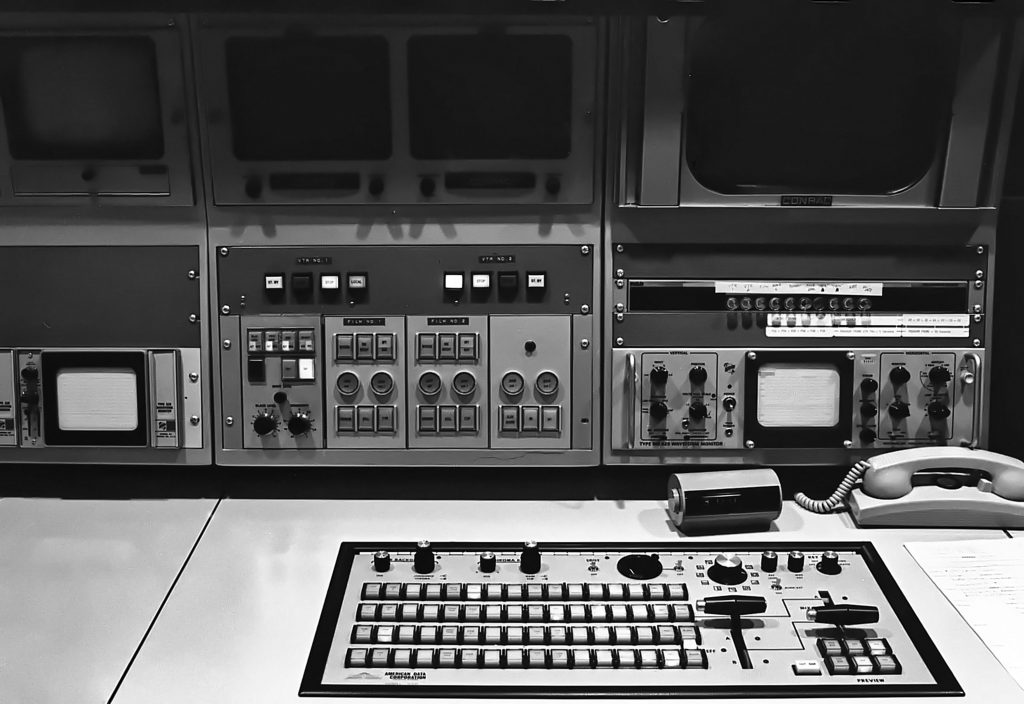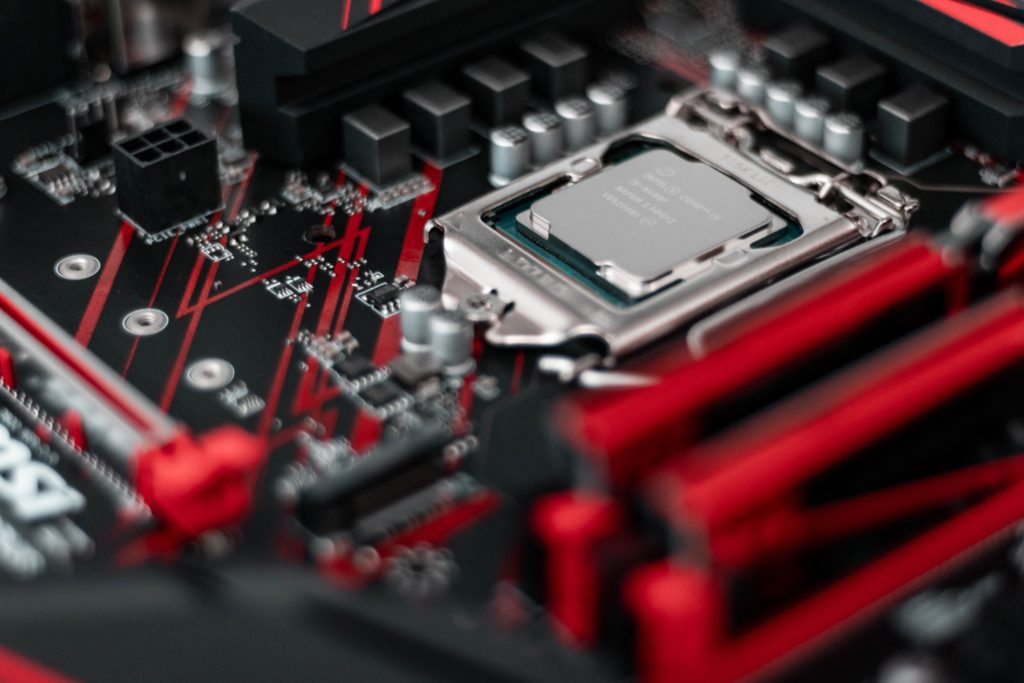Photo by Markus Spiske on Unsplash
The design and development of an AI Chip is not an easy process. More so when the cost is high while the use cases are limited. It thus makes the process of selecting requirements for an AI Chip a critical one.
These requirements for AI Chip should be a balance of both software and hardware. On the software side, it is more about ensuring the correct set of tools and libraries are available to make the most of the underlying hardware architecture. From the hardware aspect, it is specifically about ensuring the semiconductor-driven processes used eventually can create the correct hardware for the specific application.
Application: Application Requirements Should Drive The Design And Development Of AI Chip.
Parallel: Parallel Computing Is The Core To Process AI-Inspired Workloads On The AI Chip.
Application requirement is one of the core requirements of AI Chip. The primary reason is the cost. The application using the chip with AI-specific features should be able to make the case of ROI. Otherwise, the cost to develop, procure and use AI Chip will outweigh the gains.
From the core technology point of view, AI Chip has to have the capability to drive parallel processing. Parallel computing has been around for decades and is de facto for any XPU. However, the premise falls short for AI applications due to the amount of data processing required while not adding latency. The data also keeps changing with the growing use case of AI.

Application and parallel computing certainly provide a way for AI Chip architects to select the right semiconductor design and manufacturing solutions. The chip architects of the AI Chip have to consider the precision and domain-specific requirements.
For AI Chips, precision is about balancing speed and efficiency. The definition of speed and efficiency has changed as the application area has grown. However, the core concept is to ensure the user experience is not compromised. Otherwise, the AI system developed will be bottleneck driven.
Precision: Balancing Speed And Efficiency Is Key To Driving Next-Gen AI Systems.
Domain-Specific: System Level Software Architecture Should Align With The Requirements Of The AI Chip.
Another aspect from a technical point of view is the domain-specific functionality. Utilizing parallel and precision computing also requires system-level software. It means it should be a domain-specific solution that allows software architecture to make the most of the silicon-level architectures.
The race to develop different standalone and hybrid AI Chips will keep growing. Eventually, companies that balance cost and requirements will drive profitable AI Chip businesses.



















